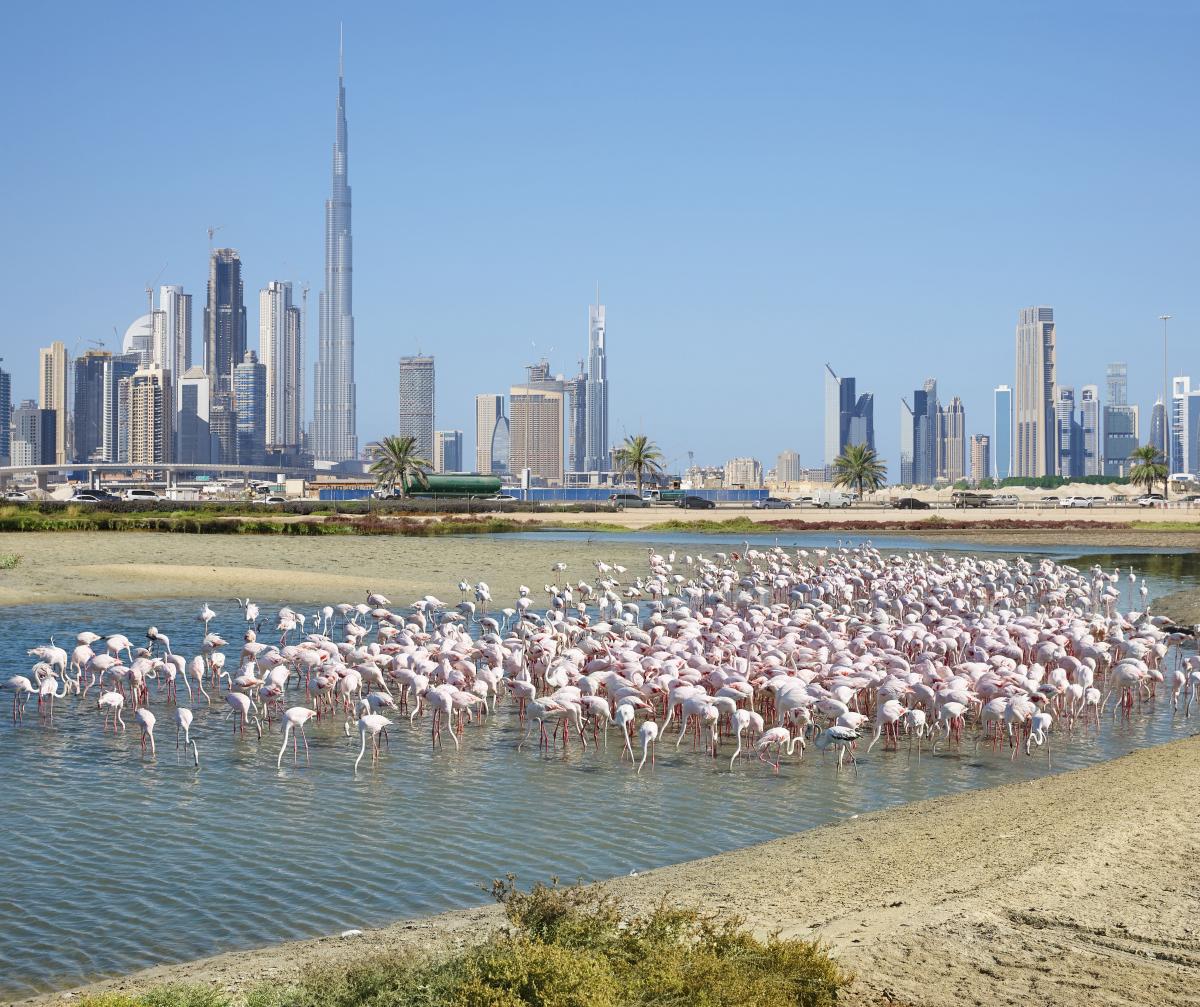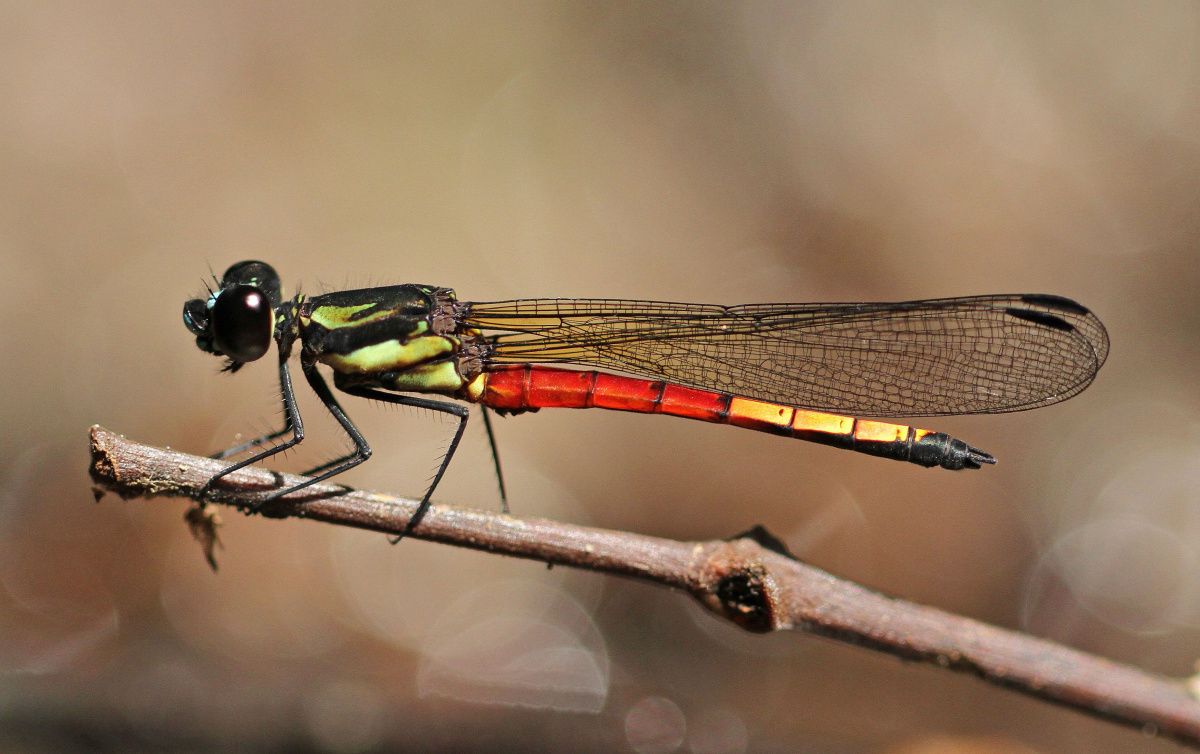Wetlands, precious but not prized
The findings from the recent Ramsar Global Wetland Outlook report were sobering: wetlands, the world’s most valuable ecosystems, are disappearing three times faster than forests.

Photo: de Bruijn_Shutterstock
The Ramsar Convention’s newly released flagship publication ‘The Global Wetland Outlook; State of the World’s Wetlands and their Services to People’ was launched in the lead up to the triennial Ramsar Conference of the Parties (COP13) taking place in Dubai, United Arab Emirates, from 21 to 29 October 2018.
The theme for the conference is ‘Wetlands for a Sustainable Urban Future’, marking the importance of urban wetlands by providing drinking water, livelihoods, recreation, flood absorption, reducing temperatures, and filtering waste.
With global populations migrating from rural to urban areas in ever greater numbers, the Ramsar COP13 will focus on the role wetlands play in making urban areas safer and more resilient. In 2017, eight out of the ten natural disasters that caused the most casualties involved floods or landslides. Infrastructure losses from floods quickly accumulate into the billions. Moody’s estimated the greater Houston area to have suffered US$73.5 billion in economic loss following Hurricane Harvey.
To avert disasters such as flooding and landslides in cities, a combination of approaches is needed, and healthy intact wetlands are part of the solution. Wetlands can help to store water to lessen the impacts of flooding. Rivers, ponds, lakes and marshes help to store heavy rainfall then release it gradually over time, lowering flood peaks, lessening downstream impacts and damage. In 2012 for example, wetlands avoided an estimated $625 million in damages when Hurricane Sandy hit the densely populated US East coast.
“Cities are starting to pay attention. There is a slow awakening to the value of wetlands. Across the globe, legislative bodies need to integrate wetlands into policy programs and make investments into their sustainability. We need to educate the world on the critical importance of this most rapidly disappearing ecosystem. Without the world’s wetlands, we all hang in the balance,” said Martha Rojas Urrego, Secretary General of the Ramsar Convention on Wetlands.
Cooperation and alliances are stepping up to protect wetlands. In Asia, IUCN acts as the Secretariat for the ‘Indo-Burma Ramsar Regional Initiative’, a platform aiming to support cooperation and capacity building on wetlands between Cambodia, Lao PDR, Thailand, Viet Nam and Myanmar (see visual story 'Securing the future of Indo-Burma's wetlands and communities'). During COP13, the Democratic People’s Republic of Korea, the People's Republic of China, and the Republic of Korea will discuss progress on the transboundary conservation efforts of the Yellow/West Sea ecosystem of intertidal wetlands, representing one of the largest areas of intertidal flats on the planet.
A partnership between the International Organisation Partners (IOPs), Parties to the Convention and the Ramsar Secretariat, helps to leverage action and success on the ground in conserving and managing wetlands. IOPs work on joint activities to implement the Convention and identify lessons for optimising collaboration to achieve large scale impact. A dedicated side event of the partnership at COP13 will share lessons on how collaboration between countries and the IOPs is critical and a collective approach to implement the Convention can help to replicate and scale success to reverse wetland decline.
***
For more information, please contact water@iucn.org



